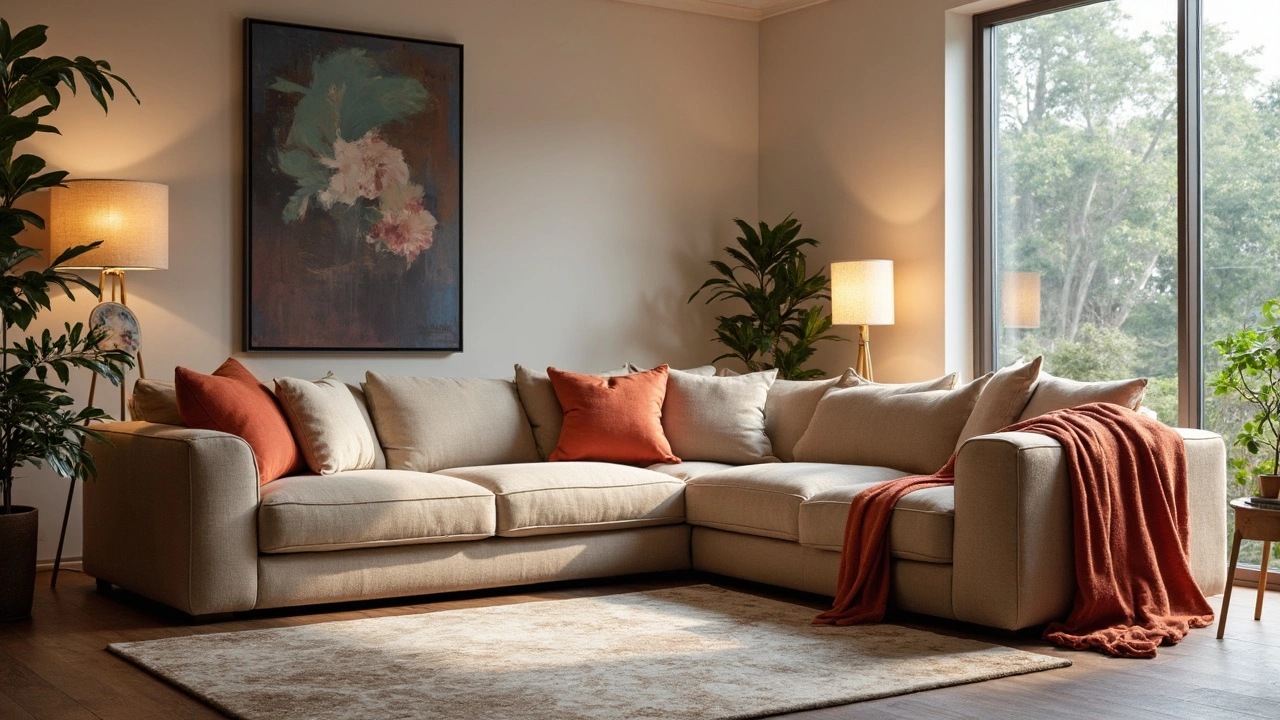Modular Seating for Classrooms – Flexible, Comfortable Learning Spaces
If you’re looking to freshen up a classroom without a big rebuild, modular seating is a solid answer. These pieces can be moved, stacked, or reshaped in minutes, so teachers can switch from rows to circles or small groups in a flash. The result is a space that feels alive, adapts to lessons, and keeps students engaged.
Why Choose Modular Seating?
First off, flexibility matters. Traditional desks lock a room into one layout, but modular units let you pile them for storage, spread them out for group work, or line them up for a test. That kind of freedom means you can match the furniture to the learning style, not the other way around.
Second, comfort is a big win. Most modular chairs come with rounded edges and padded seats that support longer sitting periods. When kids are comfortable, they stay focused longer, which helps teachers hit lesson goals.
Durability is another point. Schools see a lot of wear and tear, so modular pieces are built from strong frames, often metal or reinforced wood, and coverings that resist spills and scratches. Because they are made to be moved often, the joints are designed to stay tight even after many re‑arrangements.
Cost‑effectiveness rounds out the benefits. Instead of buying separate sets for different room setups, one modular system can do it all. When a piece becomes damaged, you can replace just that unit instead of overhauling the whole room.
Tips for Picking the Right Pieces
Start with the size of your room. Measure the floor space and think about the smallest and biggest layouts you’ll need. Choose units that fit comfortably in both extremes – a good rule is to leave at least 60 cm of walking space around groups.
Look for easy‑to‑clean fabrics. Vinyl or tightly woven fabric handles spills better than loose weave cloth. If you have younger students, consider rounded legs and no sharp corners.
Check the weight. Light enough for staff to move, but heavy enough to stay put when students sit. Many manufacturers list a recommended maximum load per seat – aim for at least 100 kg to be safe.Think about storage. Stackable chairs and fold‑up tables save space when not in use. Some modular systems even lock together, so they become a single unit that’s quick to roll into a closet.
Finally, match the style to your school’s vibe. Neutral colors like gray, navy, or tan blend with most walls and make it easy to add colorful accessories later. If you want a pop of colour, pick a few accent pieces instead of a full‑room paint job.
When you bring modular seating into a classroom, you give teachers a tool that grows with the curriculum. From group projects to quiet reading corners, the furniture adapts, not the other way around. That flexibility, combined with comfort and durability, makes modular seating a smart investment for any school looking to boost learning outcomes.





